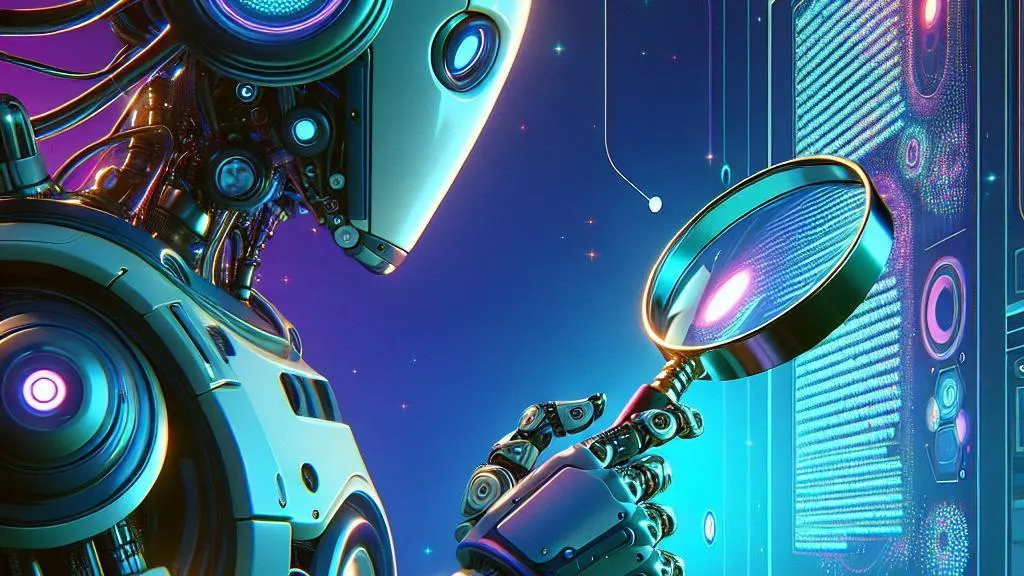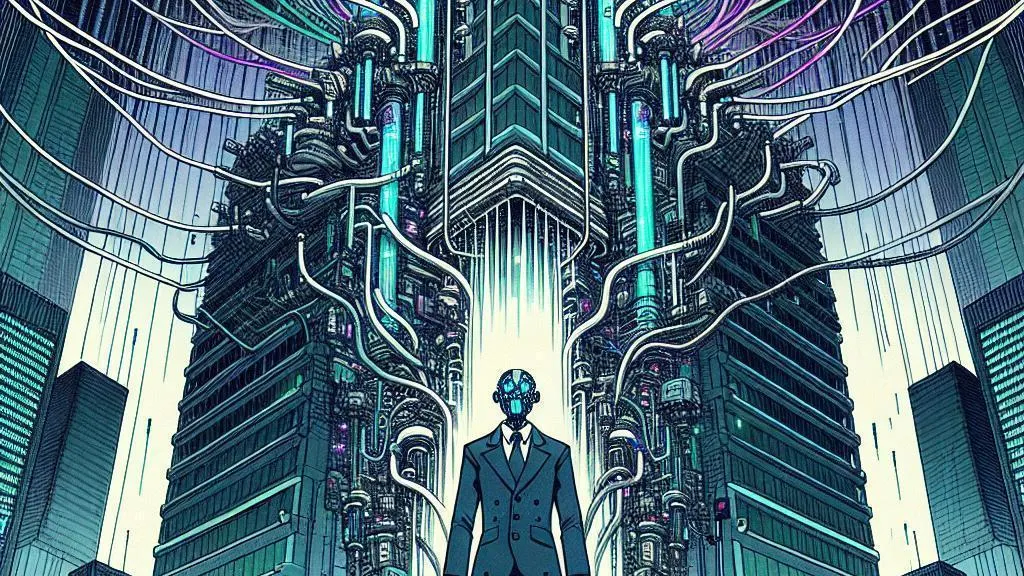How are marketing professionals using generative AI tools, and what are the benefits?
As you embark on this exploration of the changing marketing landscape, be prepared: you are …

As artificial intelligence advances at a breakneck pace, the line between human-written and AI-generated text is becoming increasingly blurred. Enter AI detectors - tools designed to identify and flag content created by AI. But how effective are these detectors? And what happens when AI learns to outsmart them?
I've been fascinated by the rapid evolution of AI text generation and the quest to distinguish the 'real' from the 'fake'. It's a complex and ever-changing landscape with significant implications for journalism, academia, and digital marketing. As someone who works with AI writing tools regularly, I've seen firsthand how far they've come - and how easily they can mimic human prose.

But here's the thing: AI detectors are far from perfect. They have some glaring limitations that make them unreliable at best and downright ineffective at worst. The current crop of detectors, like GPTZero and Originality.ai, use algorithms to analyse text and flag patterns and characteristics that supposedly give away the AI author. In practice, they often can't tell the difference between human and machine. AI-generated text might get a pass, while thoughtfully written articles by people are erroneously flagged as fake. It's an imprecise art.
Part of the problem is that AI text generators are getting good. Advanced language models like GPT-4 have been trained on massive datasets of human-created content. The result is eerily convincing writing that flows naturally, demonstrates conceptual understanding, and even incorporates humour, empathy, and creativity. Side-by-side, a human-crafted essay and an AI-spun one can be virtually indistinguishable.
As AI evolves, it's learning to cover its tracks. That's where AI text humanisation comes in—the process of making machine-generated content seem more authentic and 'human', specifically to fool detectors. It's an arms race between the generators and detectors, and the generators are winning right now.
Several methods and tools have been used for AI humanisation. One of the most advanced is a program called BypassGPT. Billed as a state-of-the-art AI humaniser, BypassGPT can rewrite AI-generated text to be virtually undetectable. It shifts the style and tone, incorporates more natural phrasing and vocabulary, and even introduces intentional imperfections - things like minor grammar errors that a human writer would make. The result is content that reads as authentic, original, and decidedly non-artificial. And it works in over 50 languages.
Other humanisation tricks include:
When these techniques are applied strategically, they can fool even the best AI detectors. Content that would normally be flagged sails right through unnoticed. And for certain use cases, humanisation is becoming a necessity.
Take search engine optimisation, for example. Google and other search engines are getting wise to the proliferation of AI content and may penalise sites that lean too heavily on it. Humanising is essential to avoid tanking your SERP rankings, likewise for content aimed at building trust, educating, persuading, or fostering personal connection. Even the most articulate AI writer will struggle to truly engage readers on a human level.

And then there's the academic integrity issue. Students who use AI tools to write term papers and dissertations face serious consequences if they're caught—like academic probation or even expulsion. Humanising the AI output is one way to avoid detection, concerning as that may be.
That's not to say there's no hope for the detectors. Researchers are hard at work developing new techniques and technologies to spot even the most cunningly disguised AI writing. Forensic linguistic analysis, machine learning algorithms, and massive human and AI text knowledge bases are all being leveraged. But it's an uphill battle, and the detectors will likely always play catch-up to some degree.
The most important thing is to stay informed and aware. AI text generators aren't going away; they're only getting better and more sophisticated. But arming yourself with knowledge is key. Learn how the AI models work, what the process of humanisation entails, and how to think critically about the content you encounter.
We're on the cusp of a strange new era in which artificial intelligence and human creativity are becoming intertwined in powerful and complex ways. By understanding the capabilities and limitations of the technologies - and keeping a sharp eye out for the subtle cues that distinguish man from the machine - we can hopefully navigate this brave new world with our wits about us. It's going to be a wild ride but a fascinating one. I, for one, can't wait to see where it leads.
Some other posts you may like

How are marketing professionals using generative AI tools, and what are the benefits?
As you embark on this exploration of the changing marketing landscape, be prepared: you are …
July 11, 2024
Read More
How AI Can Revolutionise Your Business Beyond Chatbots
Artificial intelligence has emerged as a transformative tool for businesses. While chatbots are a common …
July 11, 2024
Read More